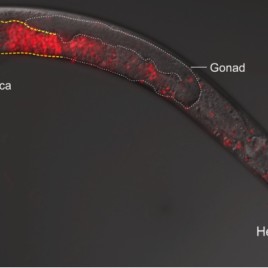In Caenorhabditis worms, sperm from a foreign species can attack the organs of a female, rendering her sterile or even killing her according to new research. Researchers believe the ‘killer sperm’ may be the result of a divergence in the evolution of worm species’ sexual organs. For example, hermaphrodite worms—which produce their own sperm and fertilize […]
Tag: biodiversity
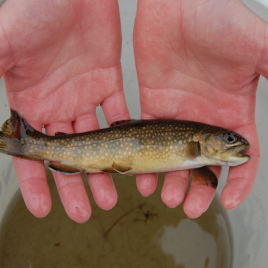
Small populations have more diversity than previously thought
Populations of trout living in streams with a small number of breeding adults still have enough genetic variation to be able to adapt to environmental changes according to a new study. Researchers found that streams with as few as 70 adults had more genetic variation than expected. Such variation provides a greater ability to adapt to environmental changes. […]
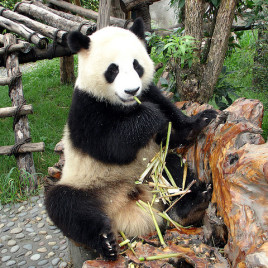
Captive population of giant pandas is healthy
The population of captive giant pandas in China is genetically healthy, a new study shows. Researchers have observed high levels of genetic diversity and low levels of inbreeding in pandas living in four Chinese breeding centres. The researchers came to their conclusion after analayzing 240 pandas out of 341 that are kept in captivity. The authors hope […]
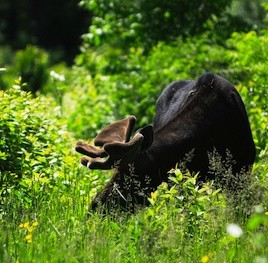
Moose spit de-toxifies plants
Moose and reindeer saliva may inhibit the growth of a toxic fungus that lives inside the grass known as red fescue. The researchers collected saliva from moose and reindeer from Canadian zoos, then applied it to grass that contained the toxic fungus. Their results showed that fungus grew more slowly and in some cases produced […]

Seals forage near man-made structures
A new study shows that some harbour and grey seals are using man-made wind farms and undersea pipelines as foraging grounds. Seals were tagged with GPS tracking devices off the UK and Dutch coasts. Scientists noted that a few seals – up to 30 per cent in some populations – foraged near offshore wind farms, […]
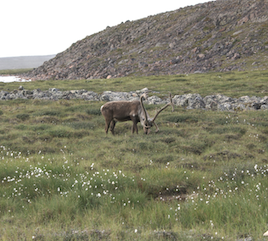
Caribous and wolves metabolize some pesticides
Caribou and wolves living in the Canadian Arctic are able to metabolize some pesticides according to a new study. By analyzing local vegetation and the tissue of captured caribous and wolves researchers looked to see if the pesticide levels would biomagnify – increase in concentration up the food chain. They saw that while currently used pesticides do enter the food […]
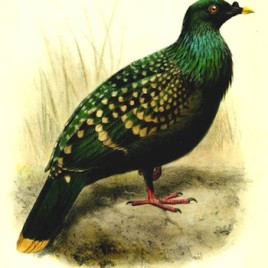
Spotted green pigeon was a unique species
DNA analysis has shed light on the origins of the mysterious spotted green pigeon, of which only one stuffed specimen remains. The specimen is held by the World Museum in Liverpool UK, but there is no record of where the pigeon was found, nor are there any records of sightings in the wild. DNA barcoding […]
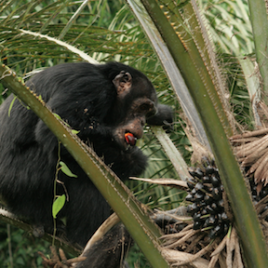
Palm oil agriculture could means trouble for Africa’s great apes
The booming oil palm industry in West and Central Africa could have a negative impact on great apes, a new study shows. The authors estimate that nearly 40% of the distribution of great ape species on unprotected lands overlaps with suitable oil palm areas. The countries most at risk are Gabon, Congo, and The Democratic […]
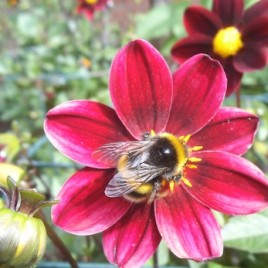
Exposure to pesticides impairs bees’ foraging ability
A new analysis confirms that exposure to pesticides – including one in the neonicotinoid (neonic) class – has a negative impact on bees’ foraging ability. The study used radio-frequency identification (RFID) tags to track 259 bees from 40 colonies over 4 weeks. Bees exposed to the neonic pesticide either by itself or mixed with another […]

Link drawn between pesticide use and bird declines
Researchers in the Netherlands have drawn a link between use of the neonicotinoid (neonic) pesticide imidacloprid and declines in insect-eating birds. The study found that in areas of the Netherlands where imidacloprid concentrations in surface water were highest – more than 20 nanograms per litre – bird populations tended to decline by 3.5 per cent […]
Predicting species tolerance to pesticides
A new computer model could help biologists predict how various species will respond to pesticides. Because of varying responses to pesticides between species – including their tendency to develop tolerance – it’s costly and difficult not only to judge their potential effectiveness but also to manage the unintended consequences in non-target species. The new model […]
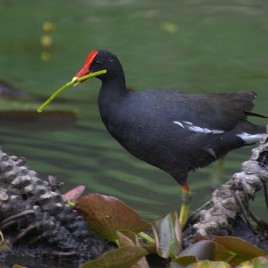
What’s in a bird’s name?
Scientific names of birds are not quite as accurate as one might think, but a new paper describes an online database that can help birders and biologists stay on the same page. A good example of changing names came in 2011, when the species known as the Common Moorhen was reclassified as a different species […]
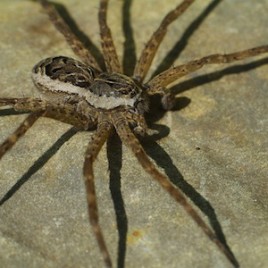
Fish-eating spiders found all over the world
It’s known that some spiders can catch and eat small fish, but a new survey of worldwide sightings shows the phenomenon is more widespread than previously thought. The survey found that spiders from up to five different families prey on fish, and that fish-eating spiders exist on every continent except Antarctica. One species, the striped […]
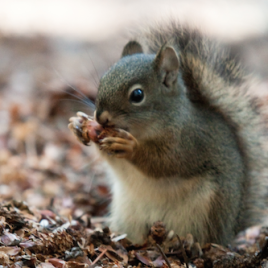
Do seed-eating squirrels impact the whole forest?
A new study shows that trees that store lots of fire-resistant seeds to prepare for forest fires end up attracting more seed-eating red squirrels, which provokes a cascading effect on the ability of forest to grow back after a fire. The study relies on three years of field study in Yellowstone park and applies to […]
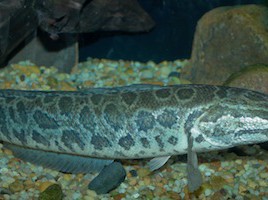
DNA barcoding could help catch invasive snakeheads
A new set of DNA barcodes could help combat the notoriously invasive fish known as snakeheads. Snakeheads are native to Asia and are believed to have been introduced to North American rivers by private collectors dumping their unwanted pets. Identification is difficult because the juveniles and adults can look very different, while fish from different […]
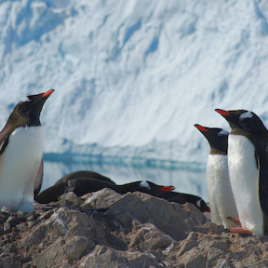
Which penguins beat the heat?
According to a new study, the Gentoo penguin is benefiting from climate change, while the chinstrap and Adélie penguins are not. Researchers used DNA analysis to assess the historic demographics and population structure of these species, and found that Gentoo penguins are climate change ‘winners’ and are expanding their range southward, while the two other […]
